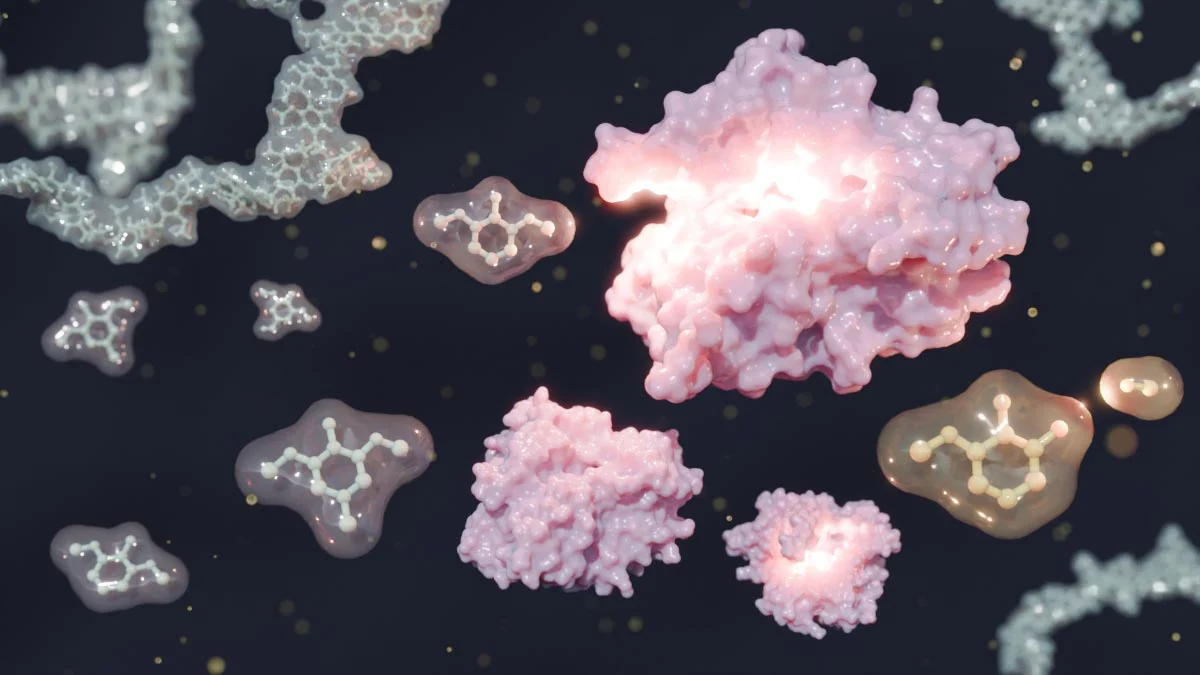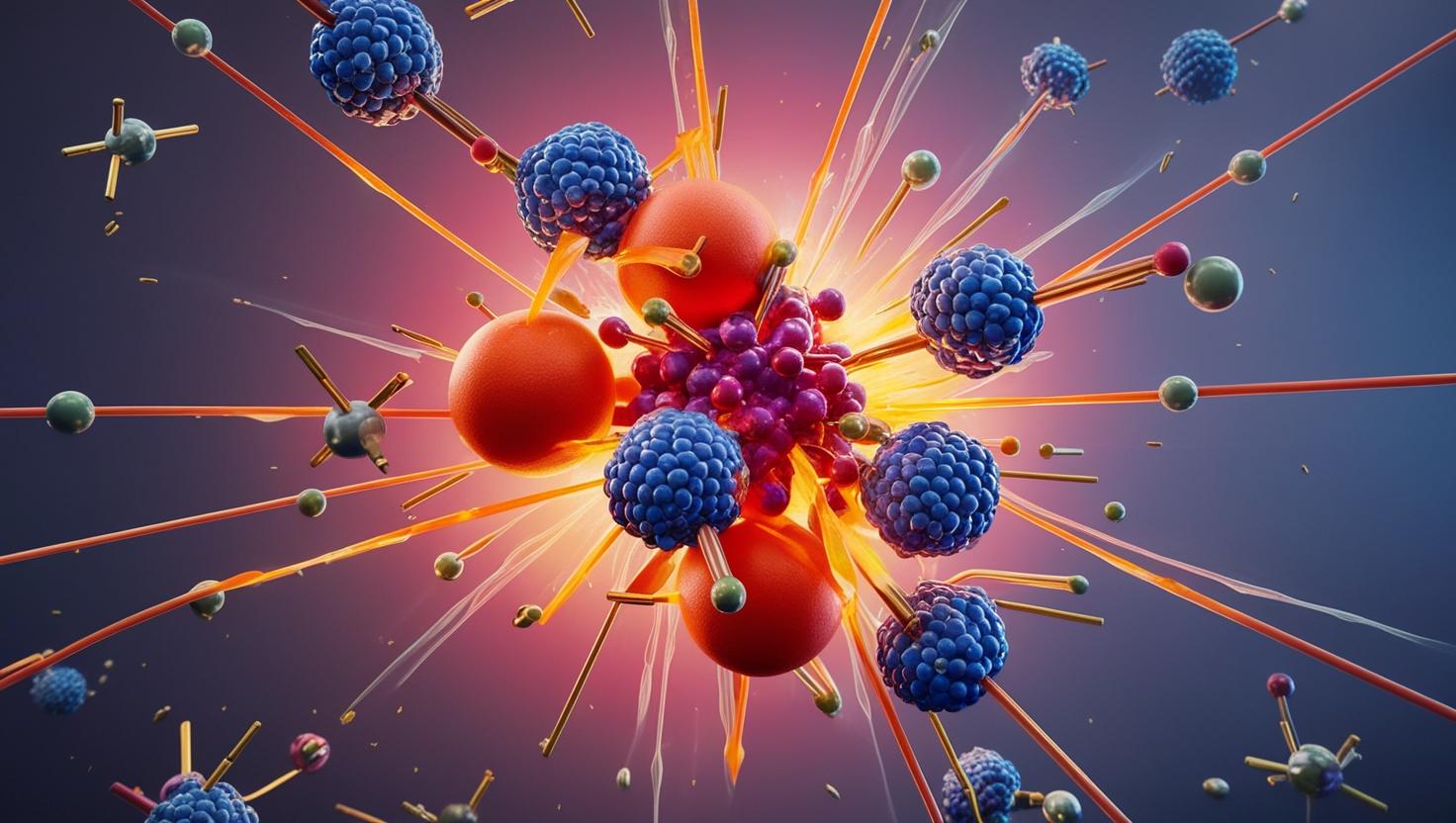A full week without eating sets off a staged cascade of metabolic and cellular changes. From shifting fuel sources to autophagy and potential immune tweaks, researchers are mapping how a seven-day fast reshapes physiology—and what it could mean for health and wellness.
What happens in the first 24 hours
When you begin fasting, blood glucose and insulin drop as the body taps stored energy. The liver releases glycogen to keep energy steady, helping you feel steadier for a while. By the end of Day 1, the body starts leaning more on fat reserves along with the remaining glycogen, signaling the start of a longer metabolic shift.
Glycogen depletion and insulin drop
The quick fuel source (glycogen) is used up gradually, while insulin levels fall, setting the stage for fat metabolism to take the lead.
Key points
Glycogen serves as a temporary energy buffer; its depletion marks the transition toward fat as a primary fuel.
Early reliance on fat stores
As Day 1 ends, fat becomes a more steady energy source, laying the groundwork for the week ahead.
Days 2–3: Ketosis takes the stage
As glycogen stores dwindle, the liver ramps up fat breakdown and produces ketone bodies, which become a steady energy source. Ketones increasingly fuel the brain and muscles, often bringing a more even energy level and fewer hunger pangs for some people. Mood and mental clarity can vary, but many report a steadier sense of energy as the week progresses.
Ketone production and energy flow
Beta-hydroxybutyrate and other ketones rise, providing an alternative fuel that can power organs when glucose is scarce.
Brain fuel and mood
Ketones can support cognitive function and mood, contributing to a sense of steadier energy for some individuals.
Days 4–5: Cellular housekeeping ramps up
The body starts to engage cellular maintenance processes, including autophagy, a cleanup where damaged proteins and components are recycled for reuse. Hormonal shifts — including lower insulin and changes in growth factors — help direct energy toward repair and maintenance. Expect continued fat burning and a careful approach to food reintroduction later in the week.
Autophagy begins
Cells begin recycling worn-out components, a process linked to maintenance and potential health benefits, though timing and extent vary.
Hormonal shifts
Lower insulin, fluctuating growth hormone, and reduced mTOR signaling help reallocate energy toward tissue upkeep and repair.
Days 6–7: Immune signals and metabolic balance
Early signals from research suggest longer fasts may influence immune function, potentially by modulating inflammation and resetting immune cell populations after refeeding. Fuel continues to ride on ketones and fatty acids; staying hydrated and maintaining electrolytes helps protect against dizziness or weakness. Some people report heightened focus or calm energy, though experiences differ widely.
Immune modulation and refeeding
Emerging findings point to possible immune recalibration, with effects that may become more evident after the fast ends and refeeding begins.
Energy, focus, and experience
Ketone-driven energy supports continued activity for some, while others may feel fatigue or sensitivity to foods as reintroduction nears.
Safety, who should avoid, and how to break a fast
Who should avoid
A seven-day fast isn’t for everyone. Those with certain medical conditions, pregnant or breastfeeding individuals, people with a history of eating disorders, or anyone on medications requiring meals should consult a clinician before attempting a prolonged fast.
Breaking the fast
Hydration and electrolytes (sodium, potassium, magnesium) are essential. Reintroduce food gently with light, easily digestible options and gradually return to ordinary meals over one or two days.
Warning signs
Seek medical advice if you experience persistent dizziness, faintness, severe weakness, confusion, or other troubling symptoms.
Bottom line: the science of a seven-day fast
A week without food pushes the body from glucose dependence toward fat-derived energy and ketones. Cellular maintenance processes, including autophagy, may play a role in how tissues respond to fasting. Immune and metabolic responses appear to be highly individual; more research is needed to define who might benefit most and how best to approach refeeding.
Closing curiosity-sparking question
If you could test one aspect of a seven-day fast—ketone fuel, cellular cleanup, or immune modulation—what would you want to learn about your own body?
Call to action
Curious about the science behind fasting and how it relates to everyday health choices? Stay with DailySciTech for ongoing, evidence-based explainer pieces that translate research into clear, practical insights.
Reference: “Systemic proteome adaptions to 7-day complete caloric restriction in humans” by Maik Pietzner, Burulça Uluvar, Kristoffer J. Kolnes, Per B. Jeppesen, S. Victoria Frivold, Øyvind Skattebo, Egil I. Johansen, Bjørn S. Skålhegg, Jørgen F. P. Wojtaszewski, Anders J. Kolnes, Giles S. H. Yeo, Stephen O’Rahilly, Jørgen Jensen and Claudia Langenberg, 30 February 2024, Nature Metabolism.
DOI: 10.1038/s42255-024-01008-9










